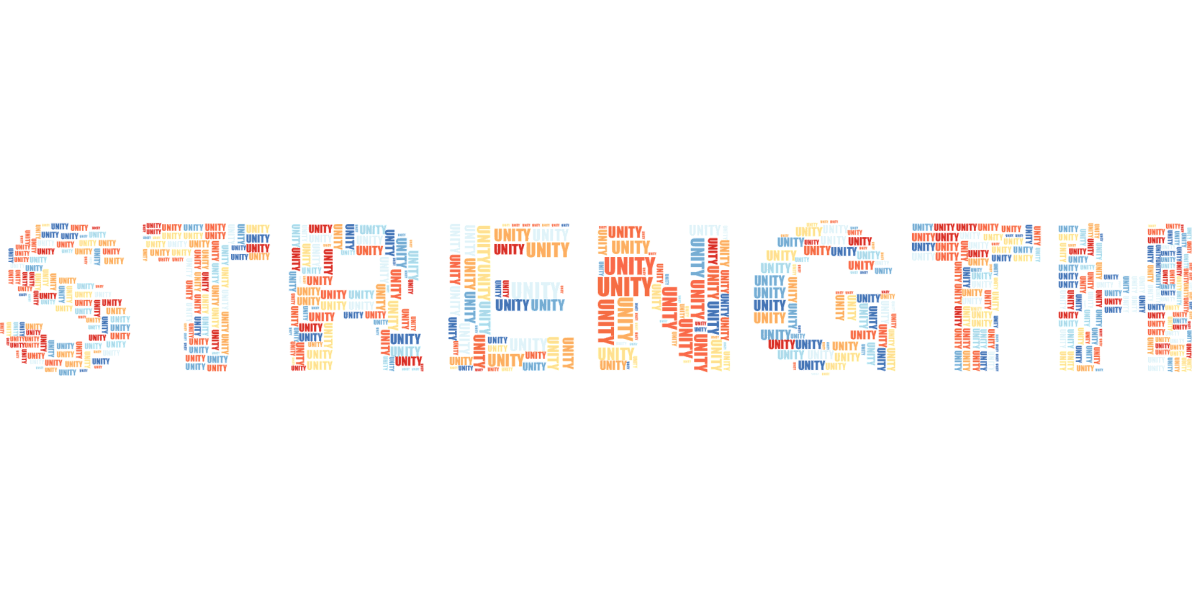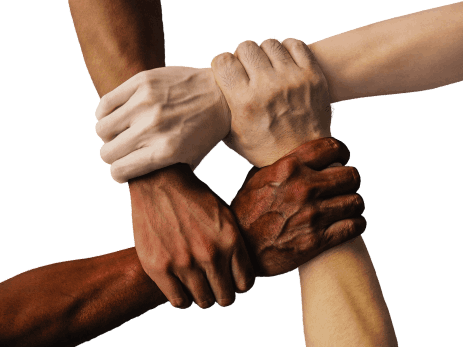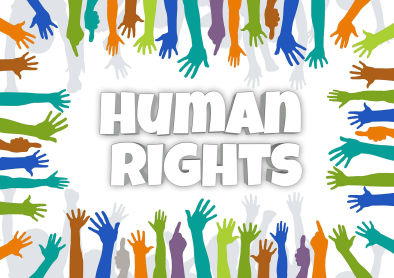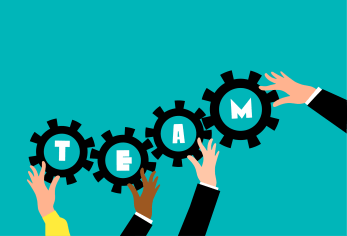Person-centered planning recognizes that people grow, change, and can realize personally valued goals. PCP focuses on the universally valued goal of living a good life as defined by the person we serve. All activities are focus on the person as a whole (not just their diagnosis or disability) and are informed by the person’s unique culture and identity. Our trained staff:
1. Demonstrates self-awareness and practices cultural humility. Person-centered practitioners must be cognizant of their own power and privilege, cultural assumptions, psychological development and temperament, personality dynamics, and prejudices to avoid imposing their beliefs on the process. Similarly, practitioners are aware of the values and cultural biases of the service system and recognize that the person’s values and culture may not align with the system’s values and culture.
2. Learns about a person’s cultural and linguistic preferences and experiences of trauma (personal or historical) and draws on this learning when partnering with the individual in the planning process. Recognizes cultural and linguistic factors such as individualism and collectivism, language and communication, values and beliefs, customs and rituals, relationships to authority figures, avoidance of uncertainty, relationships to time, and other cross-cultural differences that need to be understood and respected in the person-centered planning process and its goal of community inclusion.
3. Skillfully uses available person-centered tools to support goal discovery, visioning, and self-direction.
4. Conveys high expectations for meaningful outcomes across a broad range of quality-of-life areas valued by the person that go far beyond the management of a disability or diagnosis.
5. Creates a comprehensive, strengths-based profile with the person that helps them discover or rediscover themselves as a whole person with strengths and interests beyond their disability or diagnosis.











